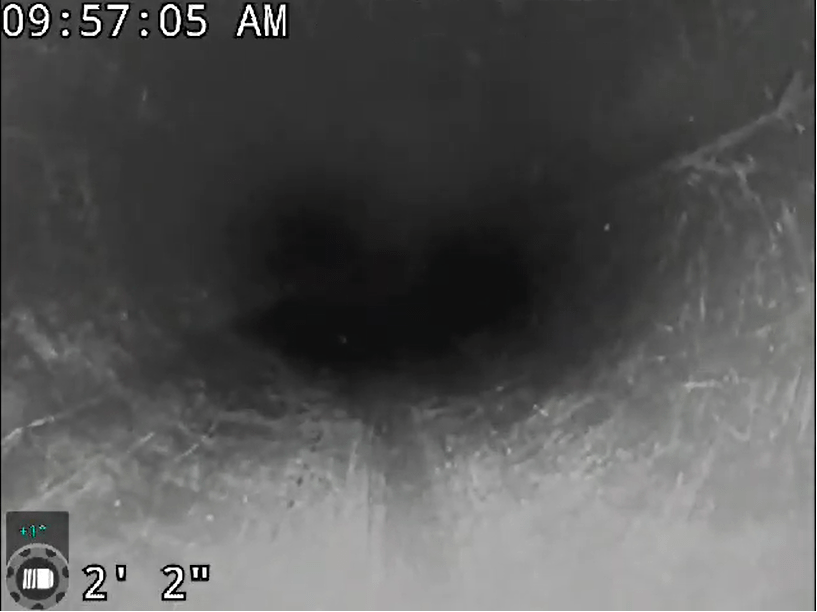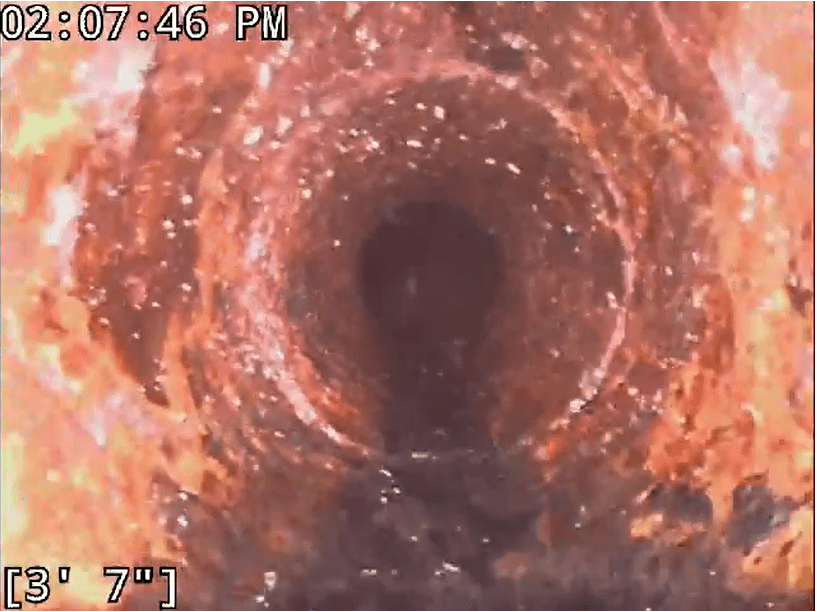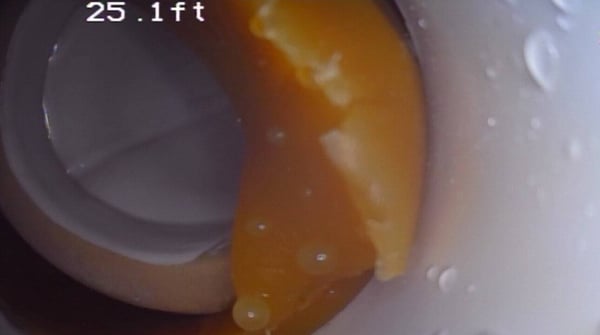What's hiding in your pipes?
What's hiding in your pipes?
While mostly hidden during a standard inspection, problems with a home's sewer system can be among the most costly to fix. Our skilled inspectors use advanced technology to thoroughly evaluate sewer lines and provide a clear understanding of the home's condition.
What is a Sewer Scope?
By utilizing a camera attached to a flexible cable, sewer scope inspections provide a detailed view of a home’s main sewer line. This crucial pipeline runs from the property to either the public sewer system or a septic tank. Inspections can uncover blockages, pipe damage, and other hidden issues that could lead to expensive repairs, allowing you to preemptively address the issues.
Costly Repairs
Home Purchase
Blockages
Damage
What We Find


How It Should Look


FAQs
Is a sewer line evaluation really necessary?
Since the main sewer line is underground, the only way to tell if a problem exists or is in danger of soon occurring is through a sewer line camera inspection.
Does the sewer line inspection include every pipe in the home?
No. In this inspection, we target the long main sewer line. Our protocol is to run the camera from the clean out to a maximum of 130 feet until it encounters either 1) an impassable issue, 2) the city’s sewer connection, or 3) the septic tank. Additional lines such as secondary drain lines, interior drain lines, and septic tanks are not part of this evaluation.
Where is the cleanout located for the main sewer pipe?
The cleanout can be situated in a number of places including the basement, crawl space, garage, or yard. Never fear, we will find it, remove the cap, and insert the camera.
Is there any reason why you would not be able to complete a sewer line camera inspection?
Yes. At times we can’t complete the inspection if there is no cleanout, if the cleanout is inaccessible to the camera, or if the cleanout is not removeable. However, once the cleanout has been repaired, we will return to complete the inspection.
What happens during a sewer line inspection
First, we locate the cleanout and insert the camera into the main sewer pipe. Then we run the camera up to 130 feet or until we encounter a blockage, the city’s sewer connection or the septic tank. Next, we document our findings with photos. After that, we fill out a sewer line evaluation report including our photos and documentation. Lastly, we issue the report within 24 hours of the evaluation.
I am buying a home that has been recently built. Do I still need to schedule an inspection?
Even if the home is a new build, certain situations can still occur. Tree roots can intrude the main sewer line, the line may be improperly installed, or the main line may be affected by breakages, clogs, or sags. The only way to know for sure is with an inspection.
Do older homes need this service?
Yes. Many older homes were built with cast iron pipes, which have an average life-expectancy of 40-60 years. In addition, mature trees could pose root intrusion problems.
What if the camera is not able to access the entire main pipe?
If there is a large tree root intrusion or other type of blockage that prevents our camera from passing through the main pipe, then at that point, we will stop the inspection. We recommend that you call a plumbing contractor to get a complete evaluation.
Will my main sewer pipe be at risk of damage during this inspection?
No. During the inspection, we simply remove the cleanout cap, insert the camera, and then replace the cleanout cap to its original condition at the end. At any time if the camera is obstructed, we remove the camera and do not attempt to force it through.
What if the inspection reveals a problem within the sewer pipe?
If we find any problems, we will thoroughly document the issues with photo and written evidence (including the approximate footage of the problem) and present it to you in our report. At that point, we recommend that you contact a plumbing contractor to determine how to repair the damage.
Thousands of 5-Star Reviews!




"I skipped a Sewer Scope on my new build home at first, but luckily the TLC scheduler convinced me. Glad I did—the inspector found a wax ring in the pipe! Turns out, the plumber tossed it down the drain instead of disposing of it properly. Without the scope, it would've gone unnoticed. It could have cost me a lot of money down the road, but I was able to have the builder remove it. Telling all my friends: Don’t skip the sewer scope, not even for new builds!"
Schedule Your Sewer Scope Today!
